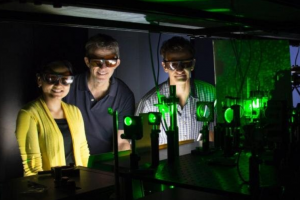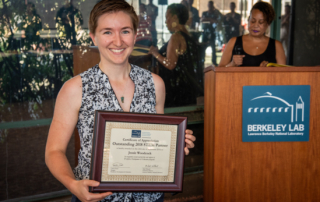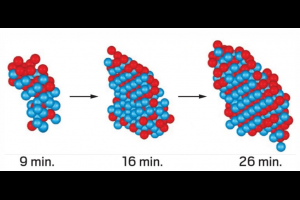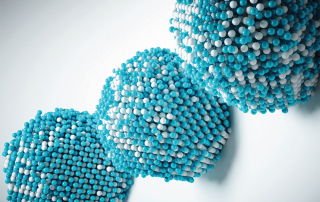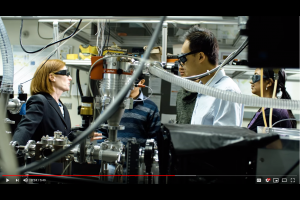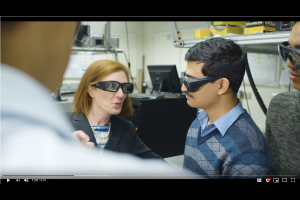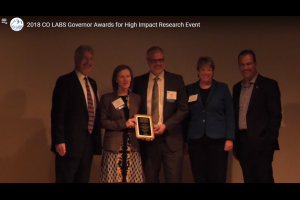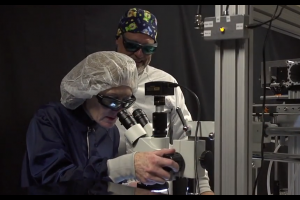Real-time imaging for use in medicine
A new paper in Nature Photonics from researchers at CU Boulder details impressive improvements in the ability to control the propagation and interaction of light in complex media such as tissue—an area with many potential applications in the medical field. Published Monday, the paper is titled “Wavefront shaping in complex media with a 350 kHz modulator via a 1D-to-2-D transform.” The work was carried out in Professor Rafael Piestun’s lab in the Electrical, Energy and Computing Engineering Department. The team included CU Boulder post-doctoral researchers Omer Tzang and Simon Labouesse, researcher Eyal Niv and CU Boulder graduate student Sakshi Singh. Greg Myatt from Silicon Light Machines, a collaborating company in this project, also worked with the group.
